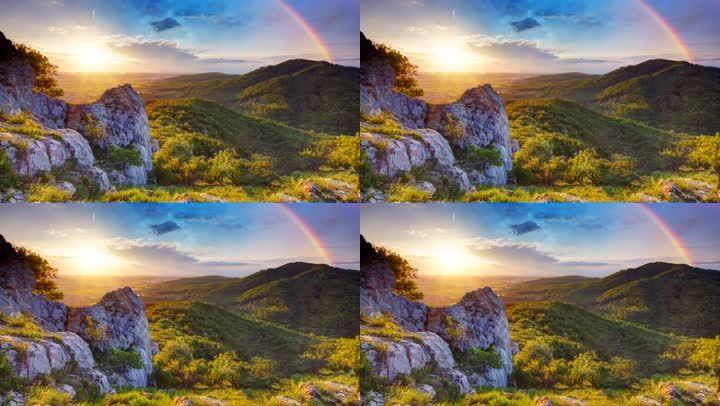Discovering the Rare Beauty of Nature: A Journey Through the World’s Most Secretive Species
Have you ever wondered about the hidden treasures of nature? The elusive beauty of the world’s most secretive species is waiting to be discovered. From the depths of the ocean to the densest forests, rare species are scattered all over the world. In this article, we will take you on a journey through some of the most secretive species in the world and introduce you to their rare beauty.
Emerald Corals Living in the Ocean’s Depths
The ocean is full of mysteries, one of which is the rare beauty of emerald corals. These vibrant green corals are found at depths between 200 and 500 meters, making them almost impossible to spot. However, those who have been fortunate enough to see them up close have described their beauty as breathtaking.
These corals are said to have medicinal properties, and have been used for centuries in traditional Chinese medicine. Despite their beauty and usefulness, emerald corals are still relatively unknown to the world.
Rare Encounters with the Saola
The saola is one of the most secretive animals in the world. This rare species, also known as the Asian unicorn, was only discovered in 1992. The saola’s natural habitat is the Annamite Mountains, which span across Vietnam and Laos. Due to their elusive nature and limited range, there are very few known sightings of these creatures.
Conservation efforts have been implemented to protect the saola, but their numbers are still declining. The saola is one of the most endangered animals in the world, with less than 250 individuals remaining.
The Aye-Aye: A Rare and Endangered Primate
The aye-aye is a rare and endangered primate found only in Madagascar. This nocturnal animal has unique physical characteristics, such as its elongated middle finger which it uses to extract insects from trees. The aye-aye is considered a sacred animal in some parts of Madagascar, but its numbers are still declining due to habitat loss and hunting.
Efforts to conserve the aye-aye have been implemented, but much still needs to be done to protect this rare and unique primate.
Conclusion
Discovering the rare beauty of nature’s most secretive species can be a once-in-a-lifetime experience. It’s important that we make efforts to preserve these species and their habitats, so future generations can have the opportunity to witness their beauty. Through conservation efforts and education, we can help ensure these species thrive for years to come.
(Note: Do you have knowledge or insights to share? Unlock new opportunities and expand your reach by joining our authors team. Click Registration to join us and share your expertise with our readers.)
Speech tips:
Please note that any statements involving politics will not be approved.
